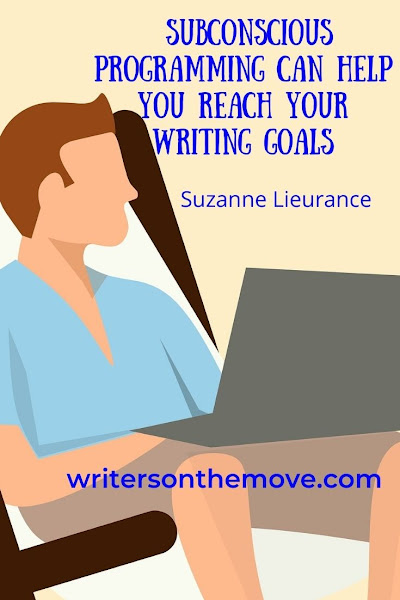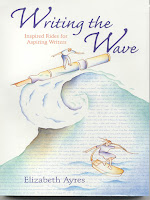 |
The Dragonfly has been a symbol of happiness, new beginnings
and change for many centuries. The Dragonfly means hope, change, and love. |
You’ve read as many books as possible in your genre. Taken notes and analyzed books you’d like to emulate. Collected “how-to” books for your library. Joined related organizations, such as the Society of Book Writers and Illustrators, SCBWI, which is important for children’s authors. Taken courses. Found critique partners who want to learn with you and support you. Attended webinars and conferences. Have become knowledgeable about your craft and the people active in it.
Turning to books written by some of your favorite authors can also be a helpful tool in your arsenal.
Tip #1: First Sentence, First Page
In the hands of a well-loved author, a reader is immediately drawn into the story from page one. It is known that agents and editors often know from the first sentence whether or not they will read on.
• My favorite first line is from Linda Sue Park’s book, When My Name was Keoko. Park’s first line encapsulates what the book is about in sixteen words:
“It’s only a rumor,” Abuji said as I cleared the table. “They’ll never carry it out.”
Immediately you’re asking yourself who are “they,” and what won’t they carry out? By the middle of page 3 the reader is given enough information about the characters, setting, and plot to sit back and enjoy the unfolding of the story from there.
• “Where’s Papa going with that ax?” Charlotte’s Web, by E.B. White
• “In the light of the moon, a little egg lay on a leaf.” The Very Hungry Caterpillar, by Eric Carle
• “There is no lake at Camp Green Lake.” Holes, by Louis Sachar
I could go on. These books are so beloved and the first lines so good, one is compelled to read on.
Tip #2: Type out your Favorite Picture Books
You’re not going to copy the author’s work. That’s not the reason you would type out a favorite published picture book. Anyone who has ever tried to write a picture book like myself understands how notoriously challenging they are to write. Tricky can be knowing what words to write and what words not to write. The illustrations show half the story (or more than half in many cases). Personally, I enjoy typing out someone else’s picture book. I get to marvel at the pure skill of the author and get closer to the story I have chosen because I love it so much.
One of the most valuable books in my library is Creating Characters Kids Will Love, by Elaine Marie Alphin. Alphin’s book is a big help in explaining how to “show” rather than “tell” a story. There is a section from her book, The Ghost Cadet, about Benjy, the twelve-year-old main character. I’ve typed out sections of Alphin's book a few times to help me remember to “show” the action in my stories.
“His sneakers were braced against the roof’s shingles. Slowly, Benjy took one hand off the sill and gripped a lower shingle instead. Then he took a deep breath, told himself very firmly not to be afraid, and let go of the sill with his other hand.
There was a bad moment when his free hand couldn’t seem to find a shingle, but Benjy made himself stay calm, and finally his damp palm slid down one row of shingles and he hooked his fingers over the next one and held tight. After that, inching his way down row by row didn’t seem so terrible.”
Tip #3: Create a Polished Book
As a self-published author, I want my books to look as good as traditionally-published books. At the same time, I need to know how Indie authors create their books as models for my own.
• Front cover: The illustration needs to show an overall idea of what the book is about. Here’s a tip: make the letters of your name larger than the title.
• Back cover: I’ve seen self-published back covers show the author’s photo with their bio and maybe quotes from other authors about the author and/or about their books. My idea is to make my back covers look more like traditionally-published back covers. On two of my books’ back covers, I included a short blurb of the book, and on one included a cameo illustration from the story. For my third published picture book I included three terrific reviews that take up the entire back cover, with the suggested reading level. On each back cover I’ve included a bar code with the ISBN numbers that I purchased from Bowker. I have decided not to include the price in future books as the price fluctuates.
• Front matter: For the Title, Copyright, and Dedication page, I created my own pages from information I gathered from various sources.
• Chapter titles and page numbers: I love the nice touch of having a small illustration from one of the book’s symbols or some kind of design at the chapter head. For the page numbers I like to include a design if I can, such as in Tall Boots, the page numbers appear inside an illustration of a blue ribbon since the book is about a young equestrian going for a blue ribbon at a 4-H Horse Show.
• Back matter: In each of my books I’ve included an “About the Author” and “About the Illustrator” section. In my picture books I’ve included a page of explanation about the topic in the book, such as in A Packrat’s Holiday: Thistletoe’s Gift, a page, “What are Packrats Really Like?” and a Glossary. Also included are media images of the front covers and short blurbs about my other books that readers can purchase
I’ve used the same principle of using models for everything else I’ve created. For my website, I took notes on ideas from the websites of other authors that I liked and created my own ideas that fit my platform. One idea I liked so much from an author’s website is to have a theme. My theme became the dragonfly, which appears in Book 1 of the Abi Wunder series, Secret in the Stars. The dragonfly symbolizes change and transformation. I thought that fit with Abi who goes from being a slightly overweight eleven-year-old who wasn’t athletic and pursued her love of art almost exclusively, to becoming a blossoming runner and swimmer and a downright good detective.
Ideas abound from other talented authors when preparing to sell our books at fairs and bazaars, making classroom visits, and everything else we do in our quest to write and market our books. We can take advantage of learning about these ideas and when given the opportunity, share our own ideas with our author friends in return.
Sources:
https://www.weareteachers.com/21-of-the-best-opening-lines-in-childrens-books/
https://dragonflytransitions.com/why-the-dragonfly/
 |
| Happy Thanksgiving Everyone! |
Linda Wilson, a former elementary teacher, has published over 150 articles for children and adults, several short stories for children, and her books, Secret in the Stars: An Abi Wunder Mystery, and A Packrat's Holiday: Thistletoe's Gift, which are available on Amazon, https://www.amazon.com/author/lindawilsonchildrensauthor. Secret in the Mist, the second book in the Abi Wunder Myatery series, and the picture book, Tall Boots, will be out soon. Visit Linda at https://www.lindawilsonauthor.com.



































